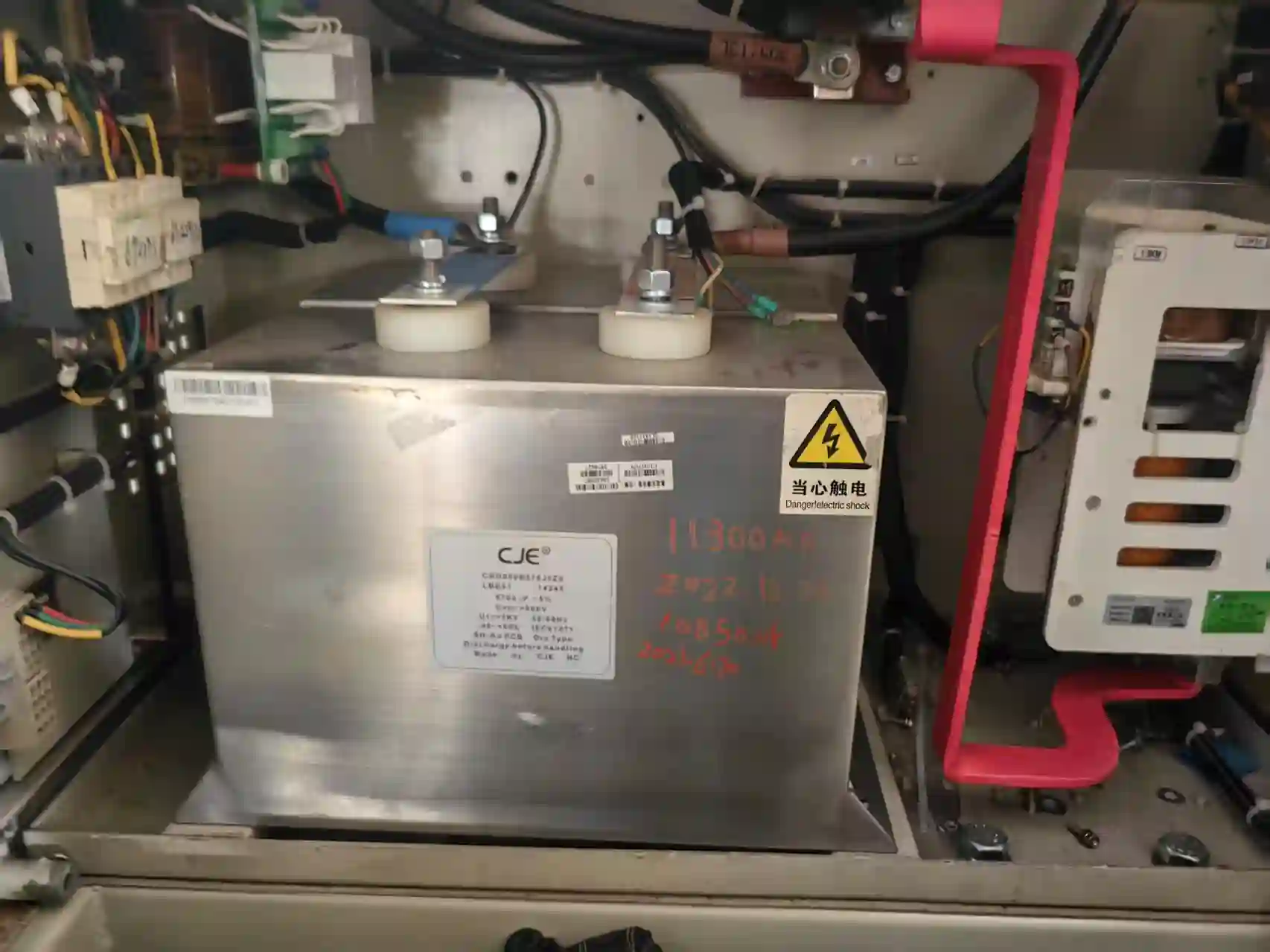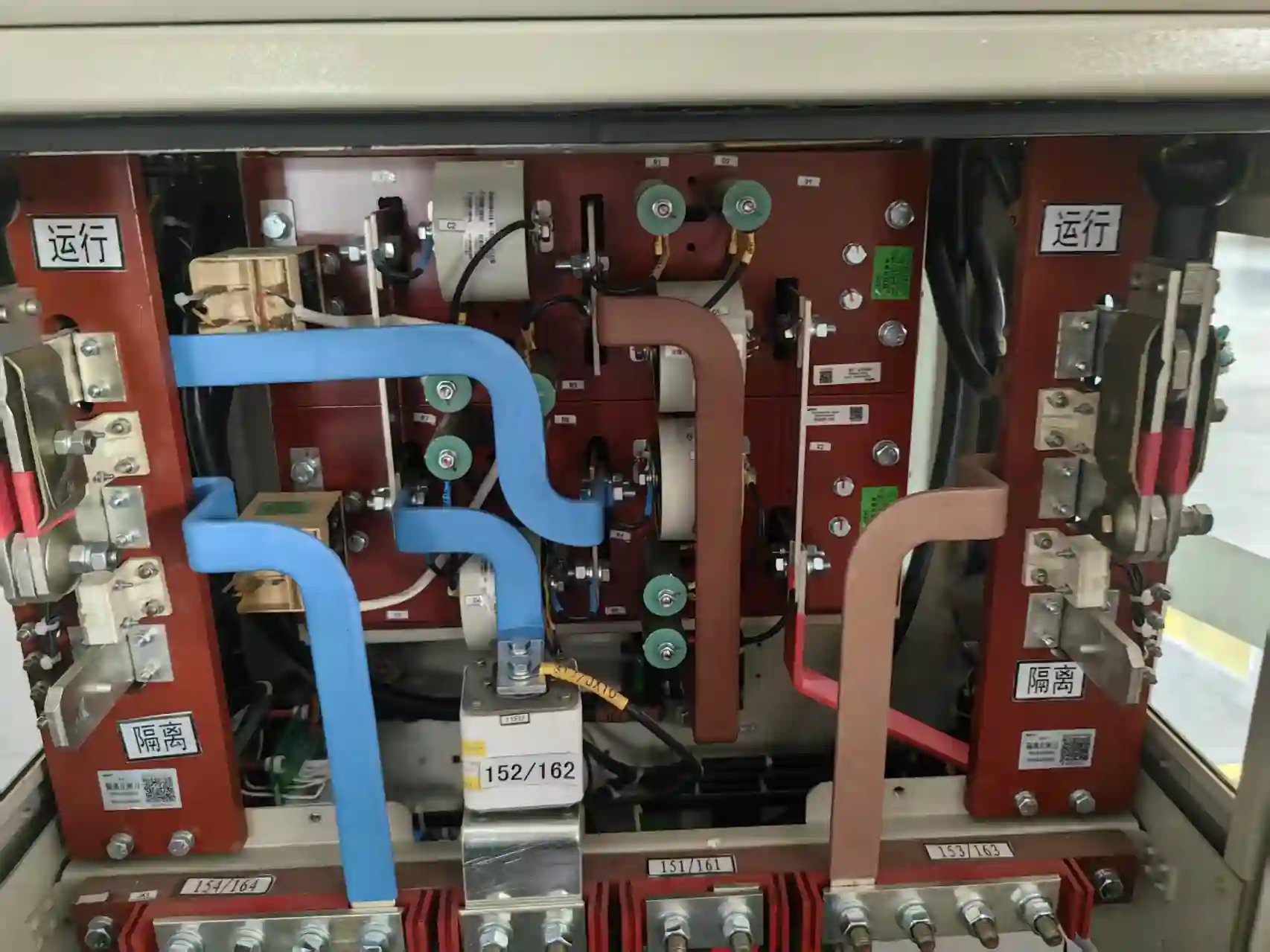A stable DC link keeps high speed trains running like a charm. It ensures steady power flow between conversion stages. Without it, voltage wiggles and current ripples can throw things off. This leads to shaky systems, more electromagnetic interference, and even damage to delicate electronics.
The DC link acts like a power cushion between the rectifier and inverter. It smooths out voltage bumps from regenerative braking or load shifts. Without this, power modules face wild overvoltages or weak performance. That can trigger safety switches, cut efficiency, and hike up maintenance costs over time.
Voltage swings mess with a train's traction and passenger comfort. An unstable DC link hurts the inverter's ability to pump out clean AC power for traction motors. This causes choppy torque, sluggish acceleration, or weird braking.
Plus, those fluctuations stir up electrical noise. This can mess with onboard communication gear or safety systems. At worst, instability might shut down systems or fry parts during runs—bad news when zooming past 300 km/h.
The DC link is the middleman in a train's electric propulsion setup. It ties the rectifier (turning AC from overhead lines into DC) to the inverter (shaping DC into variable AC for motors). This lets trains control speed and torque with precision.
DC link capacitors sit across this bus, keeping voltage steady. They store and release energy as needed, soaking up current spikes and filling dips to keep downstream parts happy with consistent power.
DC Link Capacitors are key players in handling energy flow. They zap high-frequency noise from pulse-width modulation (PWM) switching. They also tame harmonics that could overheat motor windings or cause resonance issues.
Used in DC-Link circuits, they can replace electrolytic capacitors with their low ESR, high ripple current handling capabilities, low inductance (Ls), self-healing property, and long lifetime. These traits make them tough enough for the constant acceleration and braking cycles in rail systems.

A great capacitor needs high voltage ratings, from 600Vdc to 4000Vdc, to fit various train designs. Low ESR and strong ripple current handling are must-haves. They ensure the capacitor filters fast-changing currents without getting too hot, boosting performance and longevity.
Thermal stability is a big deal in trains, where temperatures swing wildly. Operating temperature ranges from -40˚C to 85˚C (or 80˚C depending on diameter), keeping things reliable across climates. A long lifespan cuts down maintenance, saving cash for rail operators.
Capacitance must match the system's energy needs, ranging from 24μF to 5600μF. Tolerance options like ±5%(J) or ±10%(K) give design flexibility. Low ESR cuts internal losses and heat, making the system more efficient.
Trains rattle and shake constantly. Capacitors need sturdy builds with secure mounting, like plastic brackets or aluminum shells with resin potting material meeting UL94 V-0 standards. The shell uses metallized polypropylene film medium with resin filling for extra toughness.
Top-notch capacitors meet global standards like GB/T 17702 (equivalent to IEC 61071). These set benchmarks for performance in harsh conditions, ensuring reliability in locomotives.
Engineers need to weigh a few things: operating voltage (600Vdc–4000Vdc), capacitance for energy needs (24μF–5600μF), ripple current ratings for switching frequency, size limits in cabinets, thermal conditions (-40°C ~ +85°C), and compliance with railway standards like IEC 61071. Getting these right ensures top performance.
Install smart: use manufacturer brackets for secure mounting, leave space for airflow, check terminal connections against rated test voltages (1.5Un for 10s at 20˚C±5˚C), avoid overheating, inspect after heavy vibrations, and ground if needed. These steps keep capacitors running strong for years.

SMILER is a pro at crafting advanced capacitors for tough jobs like EVs, HEVs, wind power, welders, elevators, and motor drivers. We focus on film capacitors that pass strict quality checks in our high-tech factories, pumping out 300,000 units daily with a 99.93% quality pass rate.
Our automated setups ensure precision and consistency. We keep quality tight, making us a go-to for transportation systems like high speed trains.
Used in DC-Link circuits, SMILER capacitors are built for the wild temperature swings and mechanical jolts of rail life. They keep chugging along, no matter the conditions.
Our capacitors come with plastic brackets for secure, space-saving mounting. They fit snugly in tight train converter cabinets without eating up room.
Resin-filled aluminum shells wick away heat and fight thermal fatigue. The operating temperature range of -40˚C to 85˚C (depending on diameter) ensures they last long in tough setups.
With low ESR and high capacitance, our capacitors filter out harmonic distortion like champs. This keeps traction motors running smoothly and saves energy for better rides.
Top rail makers pick SMILER for our rock-solid performance and quality commitment. We test rigorously to meet standards like IEC 61071. Our automated production lines deliver consistent quality at scale, making us a trusted partner worldwide.
Q: What does a DC link capacitor do in a high speed train?
A: It stabilizes DC bus voltage, zapping ripples and handling transients during acceleration or regenerative braking.
Q: Why is low ESR important in train capacitor applications?
A: Low ESR cuts heat from ripple currents, boosting efficiency and lifespan in tough rail conditions.
Q: Can film capacitors replace electrolytic ones in railway converters?
A: You bet. Film capacitors offer lower ESR, higher reliability, and longer life, making them perfect for harsh rail setups. Used in DC-Link circuits, it can replace an electrolytic capacitor.
Q: How do I choose the right capacitance value?
A: Pick capacitance based on energy buffering needs—bigger values smooth better, but take more space. Balance electrical and physical limits.
Q: What standard should train-grade capacitors comply with?
A: Look for GB/T 17702 (IEC 61071), which sets tough benchmarks for endurance in transportation electronics.